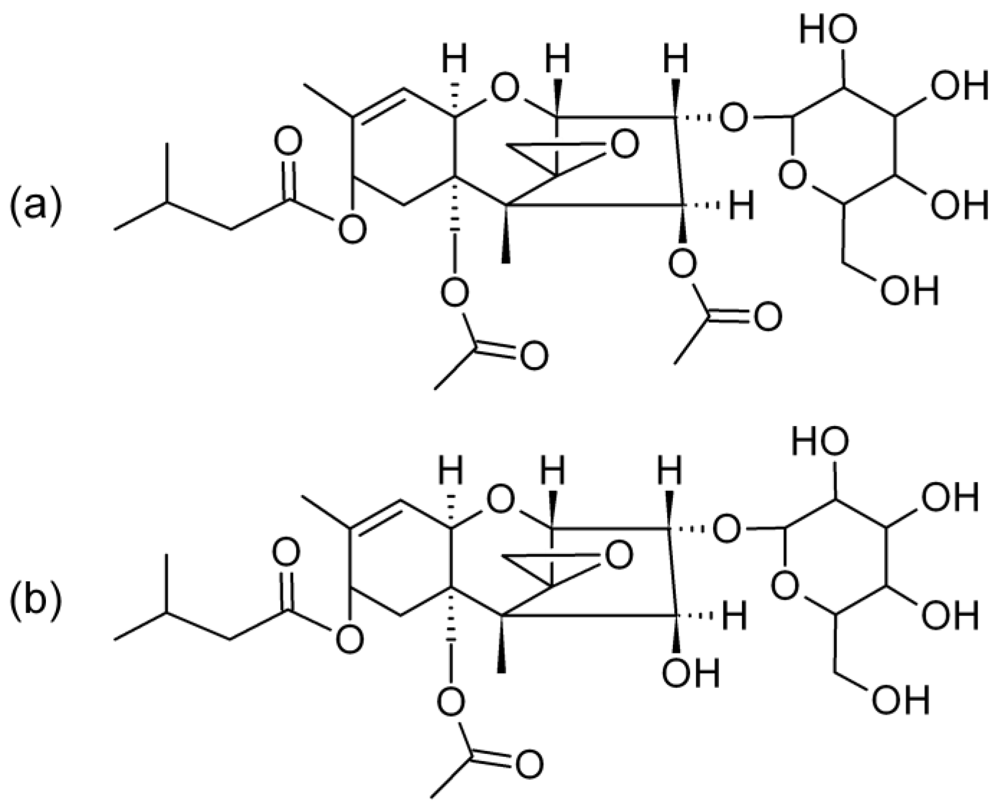

Considerations when Working with Venoms and ToxinsĬaution is to be used at all times when handling animal venoms/toxins. These guidelines assist workers with the safe working procedures, for possessing and conducting work with biological toxins and venoms and their derivatives in the laboratory.ĥ. tetrodotoxin, cone snails - DSGL list 1C351.d.3). Toxins/venoms collected from cone snails as there are special regulations that apply to cone snail venoms.Īdditional regulations apply to toxins that may be lethal via absorption (e.g. Work with biological toxins and venoms or their synthetic derivatives that present a life-threatening or severe irreversible health effect risk in a single exposure incident scenario. Animal venom may include but is not restricted to that collected from snakes, molluscs and fish. The animal venom/toxin may be in liquid or solid (lyophilized) form.

They are applicable to all processes where crude venom or purified toxins (or synthetic variants) are handled and stored. These guidelines apply to all persons undertaking research with or on animal toxins and venoms in the laboratory. W/w – The mass of the substance as a percentage of the total mass of the solution or the mixture. Venom is made up of poisonous chemicals called toxins. Venom – Poisonous secretion of an animal such as a snake or spider, usually transmitted by bite or sting. Toxoid - A substance that has been treated to destroy its toxic properties to decrease its toxic effect but that retains its antigenic power. Toxin – Poisonous substances produced by living organisms, plants and animals. Persons are encouraged to use the UQ Risk Management Database. Risk Assessment – Evaluating the potential risk of an undertaking and identifying control measures that may reduce the negative outcome of the risk. LD50 is the amount of a material, given all at once, which causes the death of 50% (one half) of a group of test animals. from contamination with or infection by a biological agents (Oxford English Dictionary).ĭSGL - Defence Strategic Goods List 2011.Įnvenomation - The injection of a poisonous material by sting, spine, bite, or other similar means. If untreated anaphylaxis can be fatal.īiological Material – Includes, but is not limited to blood, blood products, tissues, body fluids and any derivatives produced by chemical or physical means micro-organisms – wild type or mutant plants and plant material.īiosafety – Measures relating to the protection of an environment or population etc. This document outlines the required safe work practices for all staff, students, visitors, volunteers and contractors who are undertaking processes where animal venom, venom extracts, or their toxic components are handled.Īllergy - An irritating or harmful immune system response to a foreign substance that is harmless to most people.Īnaphylaxis - An acute, severe allergic response involving multiple organs of the body.


 0 kommentar(er)
0 kommentar(er)
